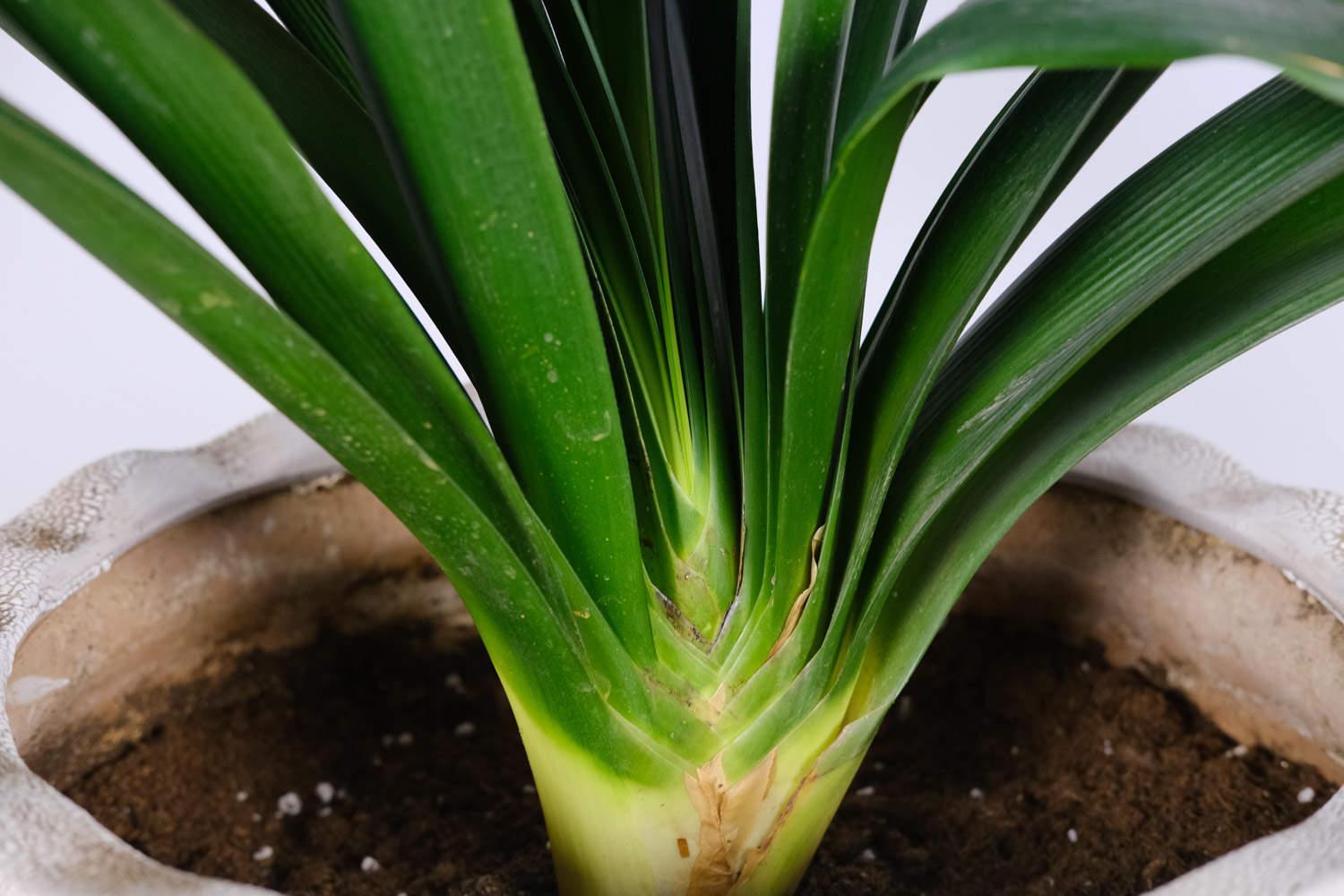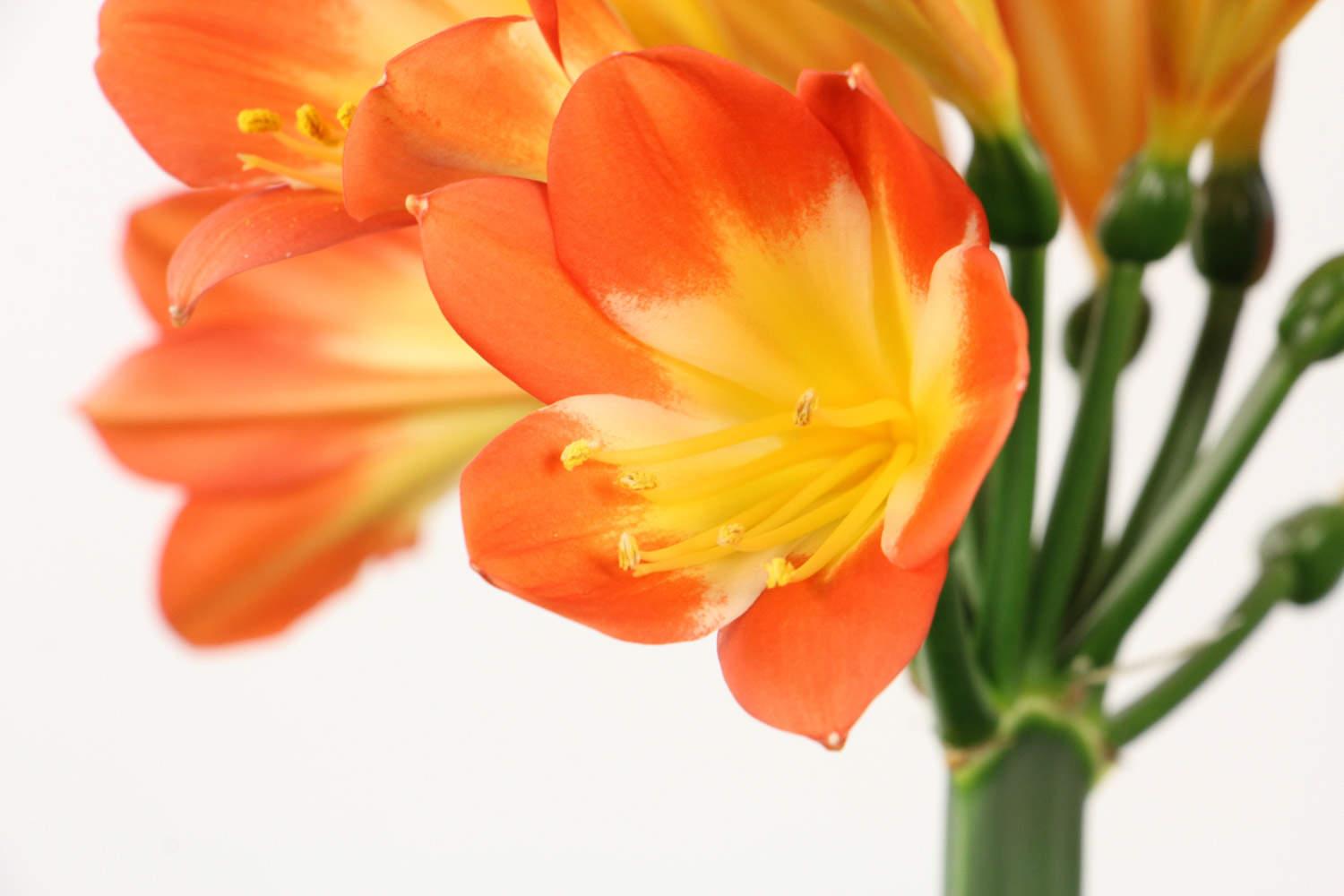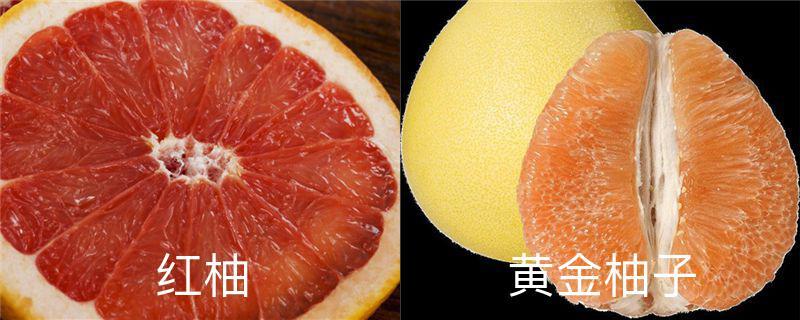How to raise Clivia in winter
Last Update :2024.05.24
Article Catalog
The suitable growth temperature for Clivia is between 15 and 20 degrees, and it is not tolerant of freezing temperatures. Water evaporates slowly in winter, so watering is not necessary. Just apply fully decomposed liquid fertilizer 1 to 2 times a month and place it in a place with sufficient scattered light for curing. Regarding pests and diseases, prevent the appearance of leaf spot in winter.

1. Breeding environment
1. Breeding environment
1. Soil: It likes loose, fertile, medium-acidic soil. Generally, it needs to be repotted and soiled in autumn to ensure that it can survive the winter smoothly.
2. Light: Although it likes light, scattered light is still the main type in winter, because too strong sunlight will shorten its flowering period and make the flower color dim.
3. Watering: Because it is a fleshy root, watering must be controlled when the temperature is low in winter. The pot soil should not be too wet, but it should not be too dry. Remember not to water the leaves and flowers.
4. Fertilization: Before winter comes, it is best to apply solid fertilizer once. Less nitrogen fertilizer and more potassium fertilizer should be applied. You can also use animal manure to soak the roots and water them. Apply light fertilizer and do not apply too much fertilizer.

2. Reproduction Method< /h2>
1. Sowing and propagation: Collect a mature seed, wash it, dry it, and then sow it. The temperature is controlled at about 22 degrees, and germination will take place in about 35 days.
2. Propagation by division: It is carried out in April and June every year. The axillary buds are separated from the mother plant and then planted. Remember to disinfect both the axillary buds and the wounds on the mother plant.

3. Pest and disease control< /h2>
Leaf spot disease may occur, and fungicides need to be sprayed in time to ensure healthy and evergreen leaves and luxuriant flowers.
2. Reproduction methods
3. Pest and disease control
- END -
Zanthoxylum bungeanum cultivation methods and precautions

Temperature: Zanthoxylum bungeanum likes to grow in a warm place, and the maintena...
The difference between golden pomelo and red pomelo, the nutritional difference between red pomelo a

The difference between golden pomelo and red pomelo is not very big, mainly in the...